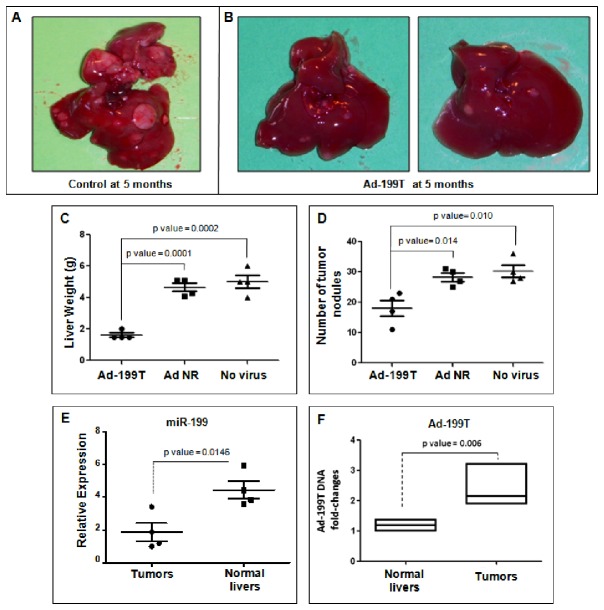Figure 8. Ad-199T therapeutic activity against DENA-induced tumors in HCC mouse model.
A group of TG221 transgenic male mice was treated intra-peritoneum with the carcinogen DEN to boost the development of liver tumors. Three experimental groups, consisting of four mice each, were then defined: the first group was infected two times, at day 60 and 135 after DEN treatment, with 1x108 I.U. of Ad-199T virus, through tail vein injection; the second group was infected with the Ad-Null-Control non-replicative adenovirus (Ad NR), at the same time points with the same I.U; the third group was the not infected control group. All the mice were sacrificed at five months of age and livers collected. (A-B) Macroscopically, tumors appeared to be less and smaller in mice treated with the Ad-199T virus in comparison with mice either untreated or treated with Ad NR. Quantitative parameters confirmed the qualitative observations. (C) Tumor burden was reduced in Ad-199T treated mice as shown by the significant reduction of liver weights. (D) The number of tumor nodules was also significantly lower in mice treated with Ad-199T in comparison with the control animals. (E) RNAs from normal livers and tumors were analyzed by Real-Time PCR to assess miR-199 levels: as expected tumors displayed a lower expression of miR-199. (F) The level of Ad-199T DNA was examined by quantitative Real-Time PCR in normal liver biopsies and tumor nodules of treated mice: a 2-3 fold increase levels in tumor tissues was detected.

